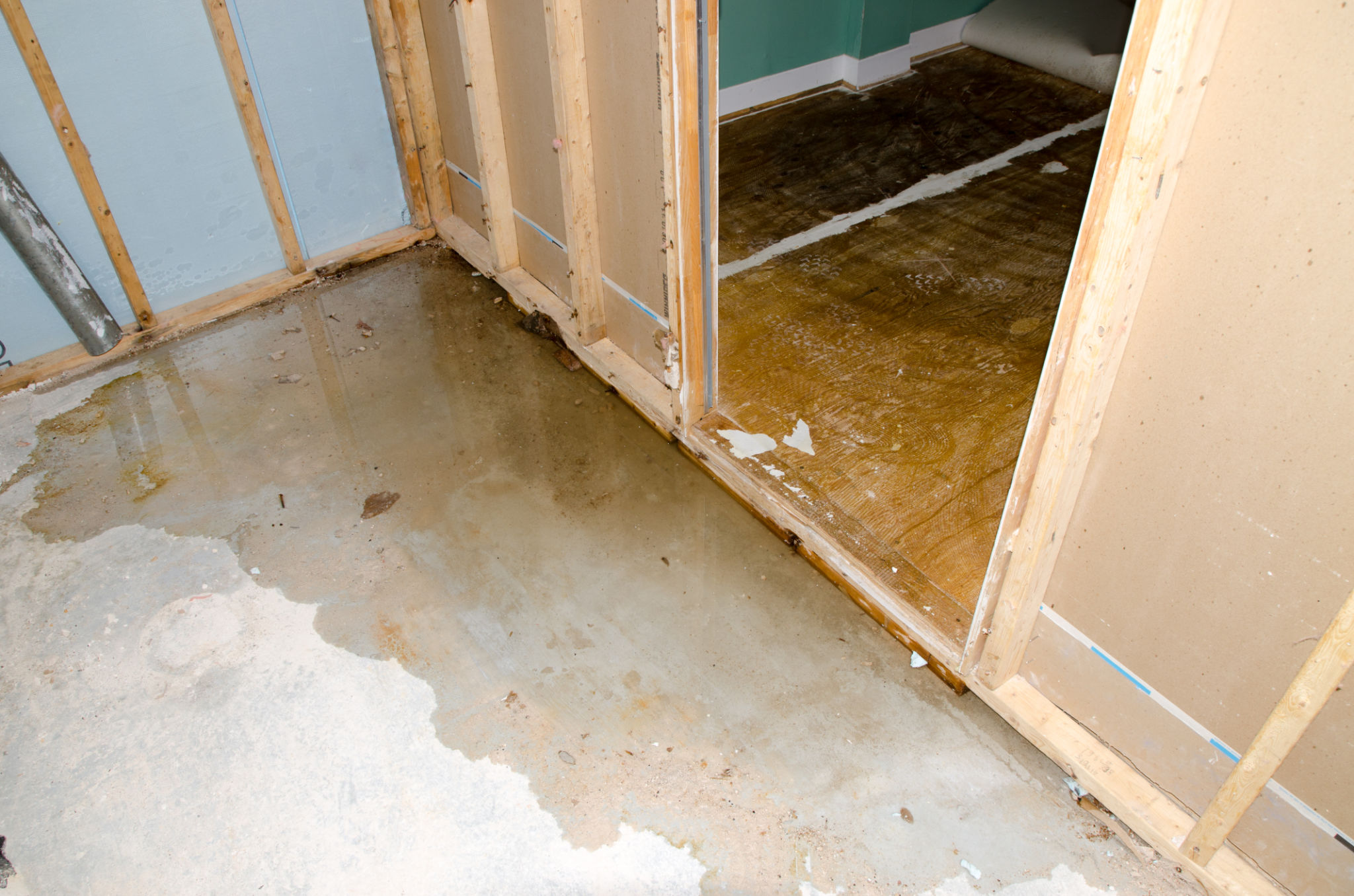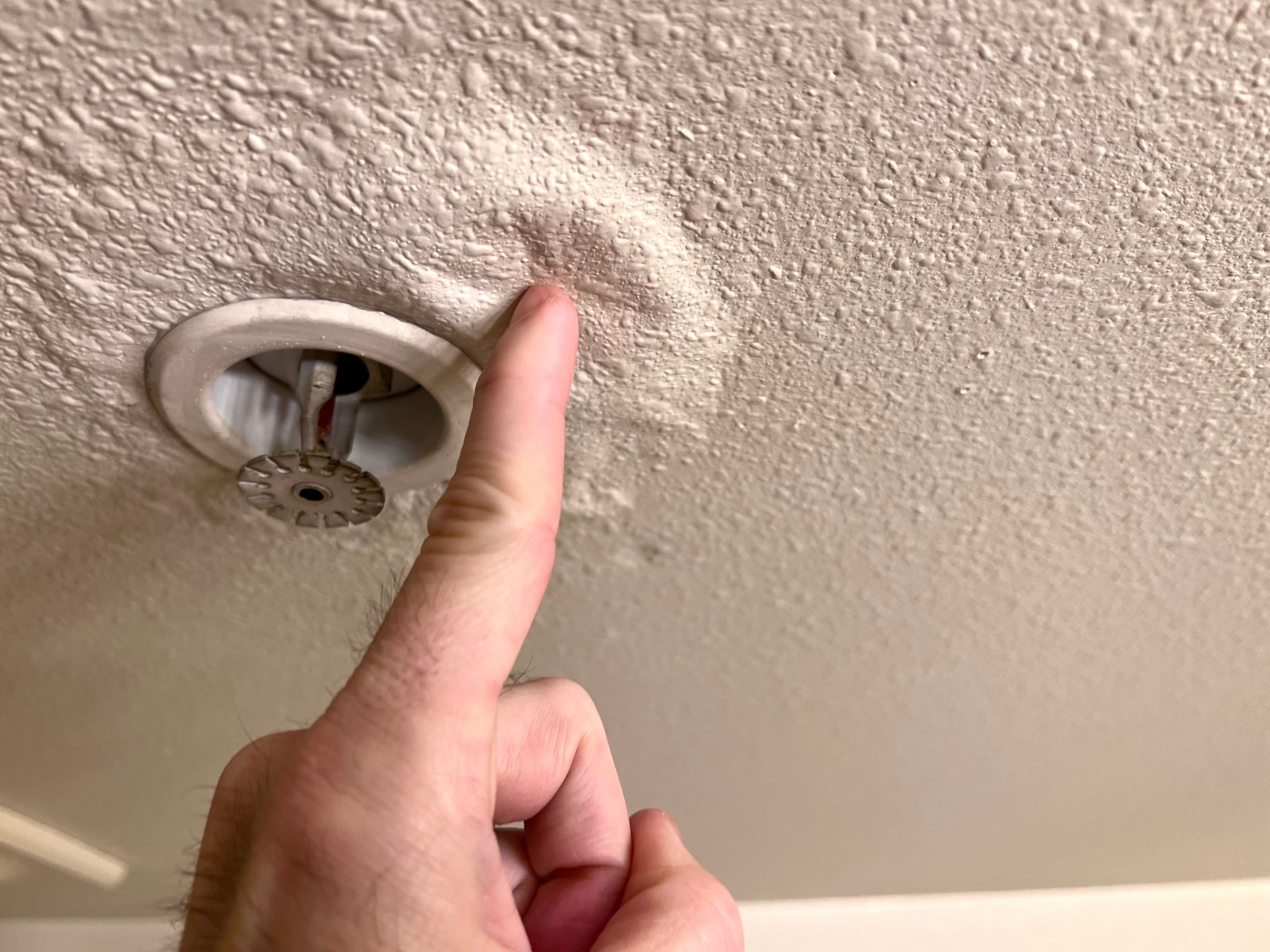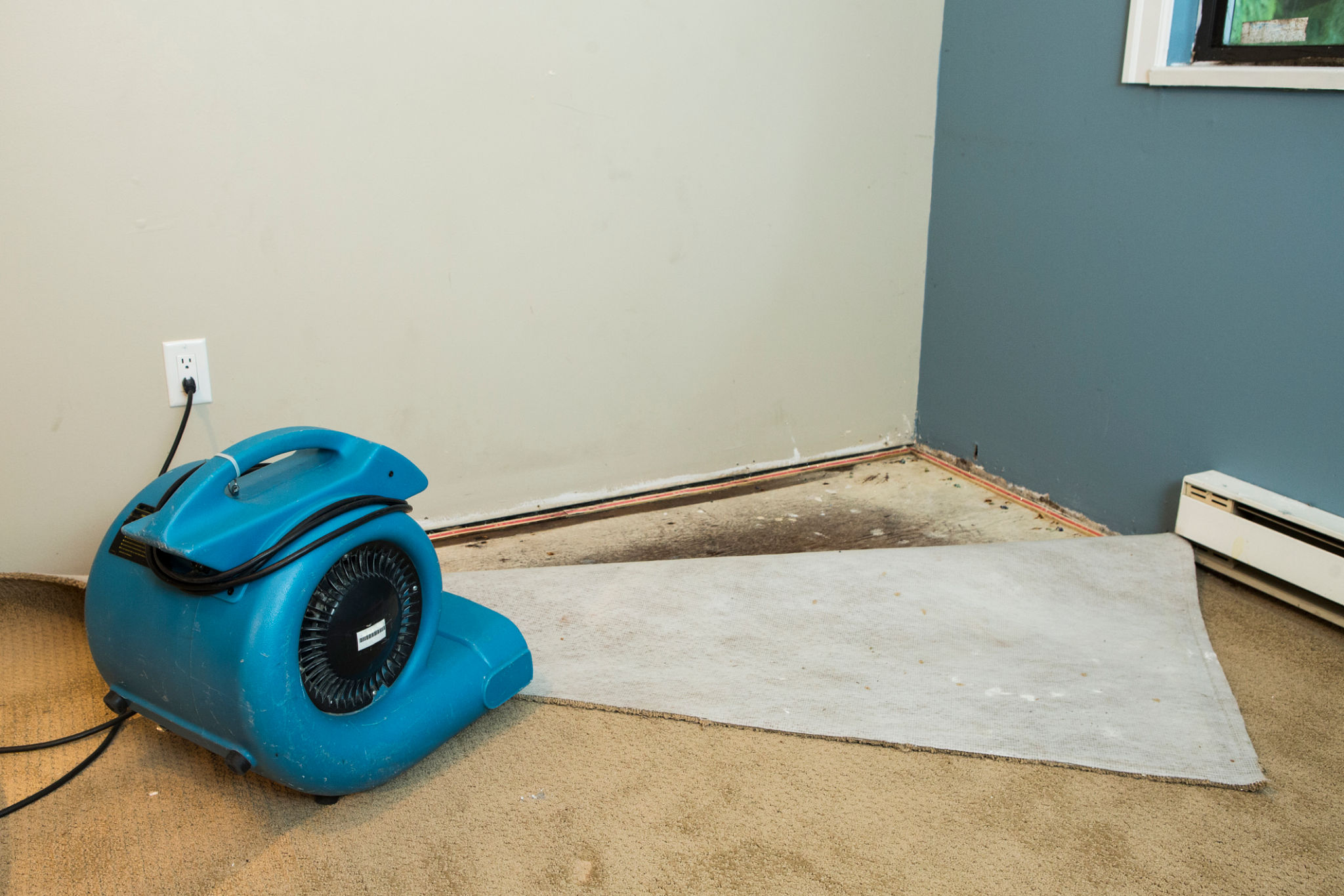How to Identify and Address Basement Flooding Issues
CK
Understanding Basement Flooding
Basement flooding can be a homeowner's nightmare, leading to costly repairs and long-term damage if not addressed promptly. Identifying the root causes of basement flooding is crucial in preventing future incidents. This guide will help you recognize the signs and provide effective solutions to tackle the issue head-on.

Common Causes of Basement Flooding
Various factors can contribute to basement flooding. Some of the most common causes include:
- Poor Drainage: Inefficient drainage systems can lead to water accumulation around your home's foundation.
- Heavy Rainfall: Intense storms can overwhelm drainage systems, causing excess water to seep into basements.
- Sump Pump Failure: Malfunctioning sump pumps can fail to remove accumulated water, leading to flooding.
- Foundation Cracks: Cracks in the foundation can provide a pathway for water to enter the basement.
Identifying Signs of Basement Flooding
Early detection is key to preventing significant damage. Look for these signs that indicate potential flooding issues:
- Musty Odors: A persistent musty smell often indicates moisture buildup and possible mold growth.
- Water Stains: Discoloration on walls or floors can signal previous water intrusion.
- Mold Growth: Visible mold spots are a clear indication of excessive moisture.
- Peeling Paint: Paint or wallpaper that blisters or peels may suggest underlying water problems.

Addressing Basement Flooding Issues
Once you've identified the signs, it's essential to take action to prevent further damage. Here are some steps you can take:
- Improve Drainage: Ensure gutters and downspouts direct water away from the foundation. Consider installing French drains or grading the landscape to improve runoff.
- Inspect Sump Pump: Regularly check the sump pump for functionality and ensure it has a backup power source for emergencies.
- Seal Cracks: Use hydraulic cement or waterproof sealant to patch any visible foundation cracks.
- Install a Dehumidifier: Reduce humidity levels in the basement to prevent mold and mildew growth.
When to Call a Professional
While some basement flooding issues can be addressed with DIY solutions, certain situations may require professional intervention. If you encounter severe flooding, recurrent mold problems, or extensive structural damage, it's wise to consult with a water damage restoration expert. They possess the expertise and equipment to address complex issues effectively.

Preventive Measures for Long-Term Protection
Prevention is always better than cure when it comes to basement flooding. Here are some preventive measures to safeguard your basement:
- Regular Maintenance: Schedule routine inspections of your home's drainage systems and foundation.
- Install a Backup System: Consider adding a battery-operated sump pump as a backup during power outages.
- Invest in Waterproofing: Professional basement waterproofing can provide long-term protection against water intrusion.
Tackling basement flooding may seem daunting at first, but with the right approach and preventive measures, you can protect your home from future water damage. By understanding the causes, identifying signs early, and addressing issues promptly, you can maintain a dry and safe basement environment.
